TOXI-triage addressed all the requirements outlined in call DRS-2-2014 by assembling a new multi-disciplinary team from across Europe with proven world-class records of accomplishment.
The team was able to translate and merge advanced, proven technologies from clinical medicine with practices of search and rescue into an integrated concept of operation (CONOP) for triage in a catastrophic CBRN incident. The TOXI-triage project developed and tested new and current technologies as an integrated capability with embedded sensors, drones, standoff detectors (including cameras), artificial intelligence and centralized communications (The Integrator).
These technologies enabled and informed Command and Control using ‘Traceability by Design’ as the foundation for the management and recovery of information and documentation of medical care. The CONOP of TOXI-triage met the needs of casualties and end users with an economic foundation of multiple use applications to enhance routine clinical medicine EU wide. These innovations created opportunities for EU companies to develop new technologies and markets. It sustained the technology base for the future advances in CBRN triage capabilities such as an end user Field Toolkit for CBRN agents.
The TOXI-triage project started in Q2 2015 and ended Q2 2018 concluding the three year project. Project partners included the Universities of Loughborough (UK), Helsinki (FI), Edinburgh (UK), Athens (GR), Hannover (DE), Paderborn (DE) and JYU (FI), the Police National CBRN Centre (UK), the Oslo University Hospital (NO), the Fire Rescue Brigades of Moravia (CZ) and South Savo (FI), the MoD of Greece, and industry partners GAS (DE), Airsense (DE), Environics (FI), UFZ (DE), T4i Engineering (UK) and ATOS (ES).

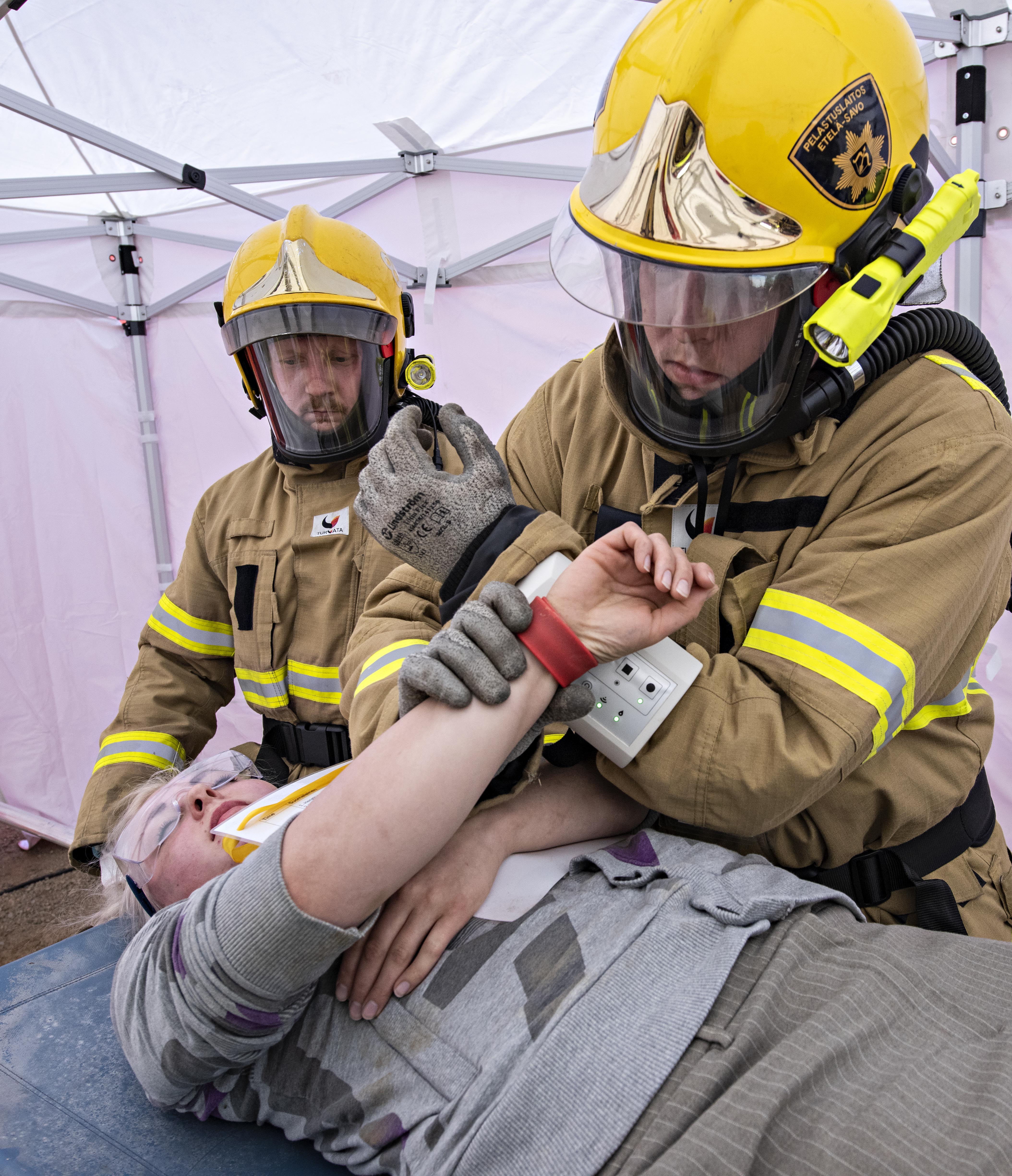
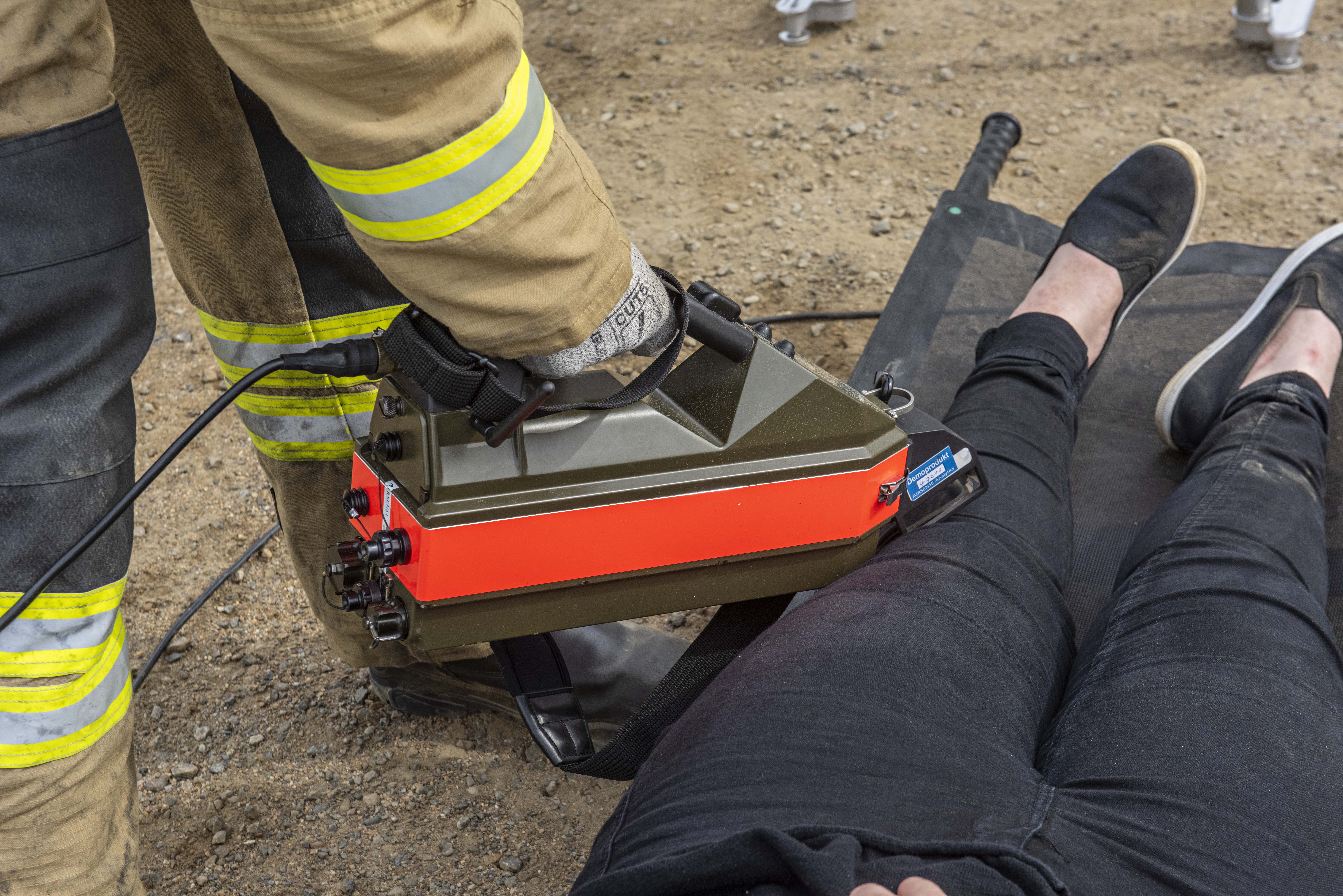
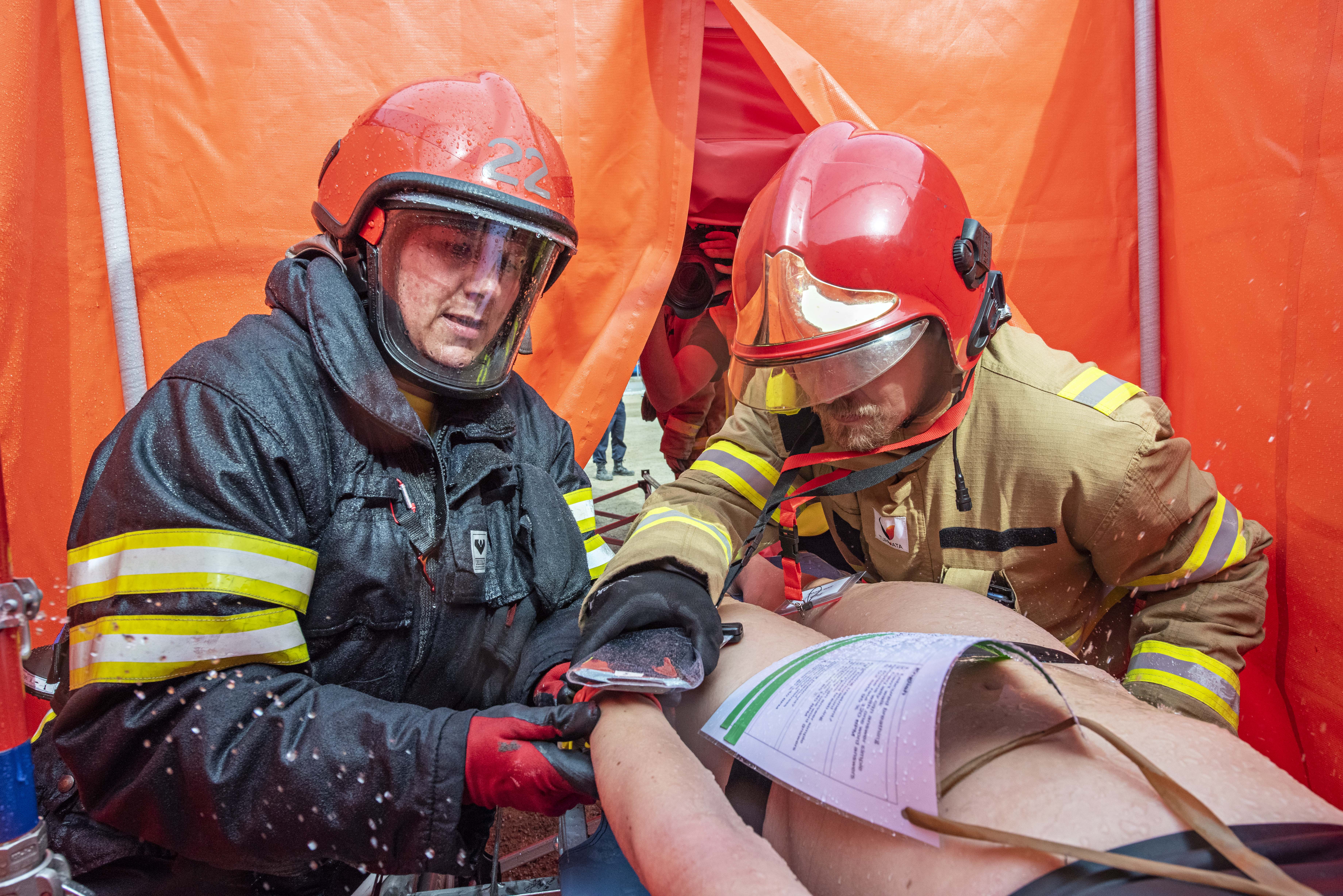
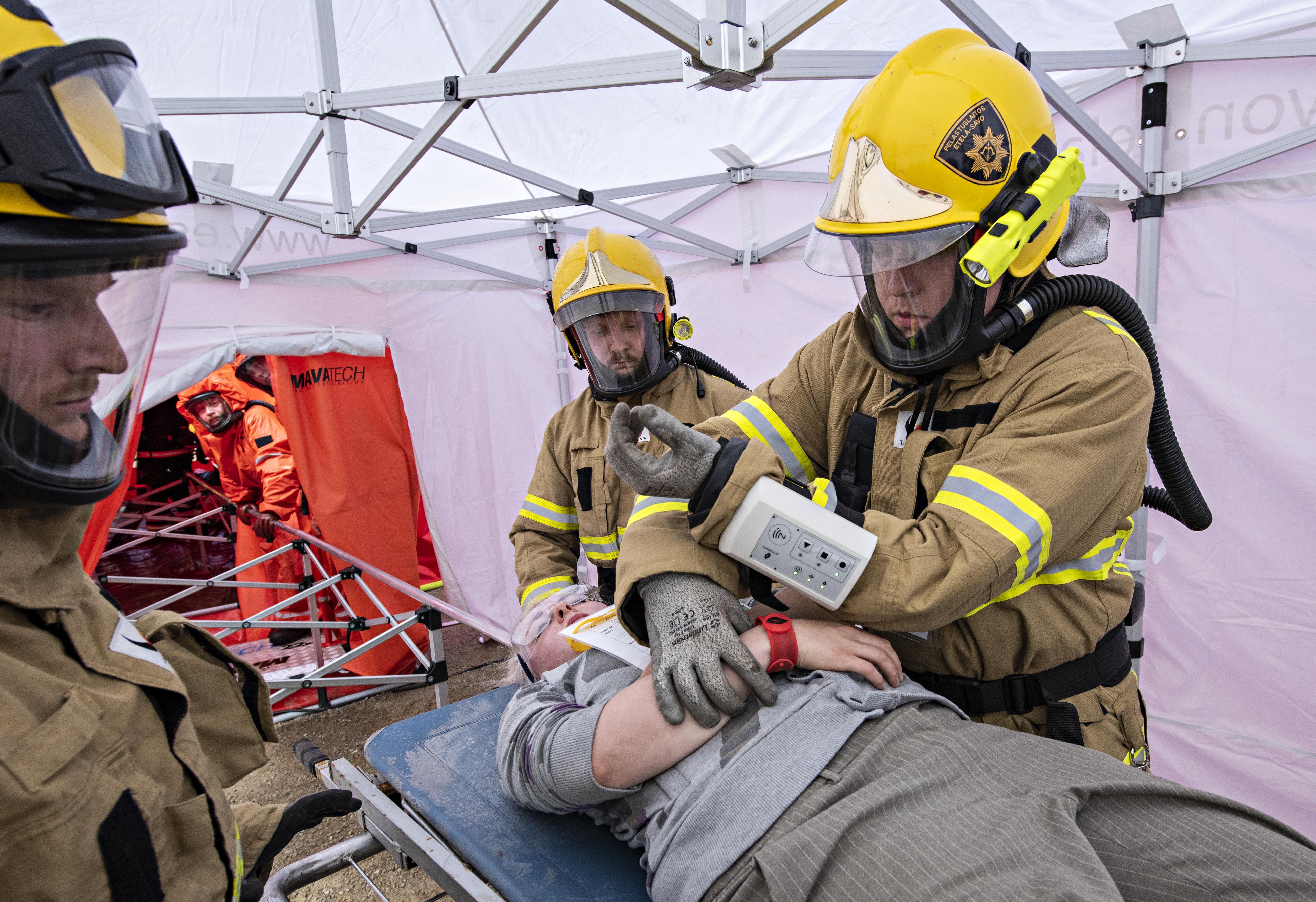
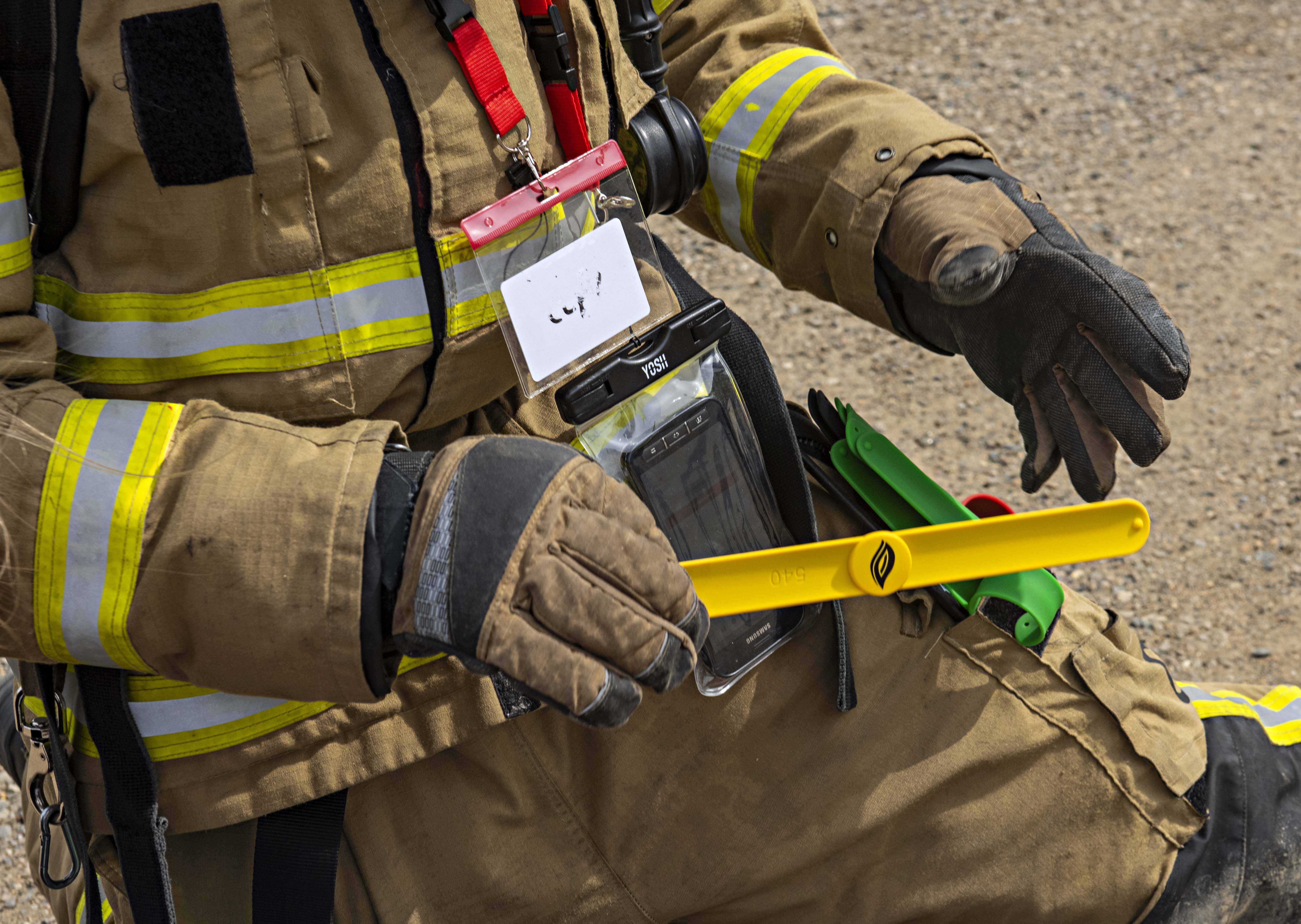

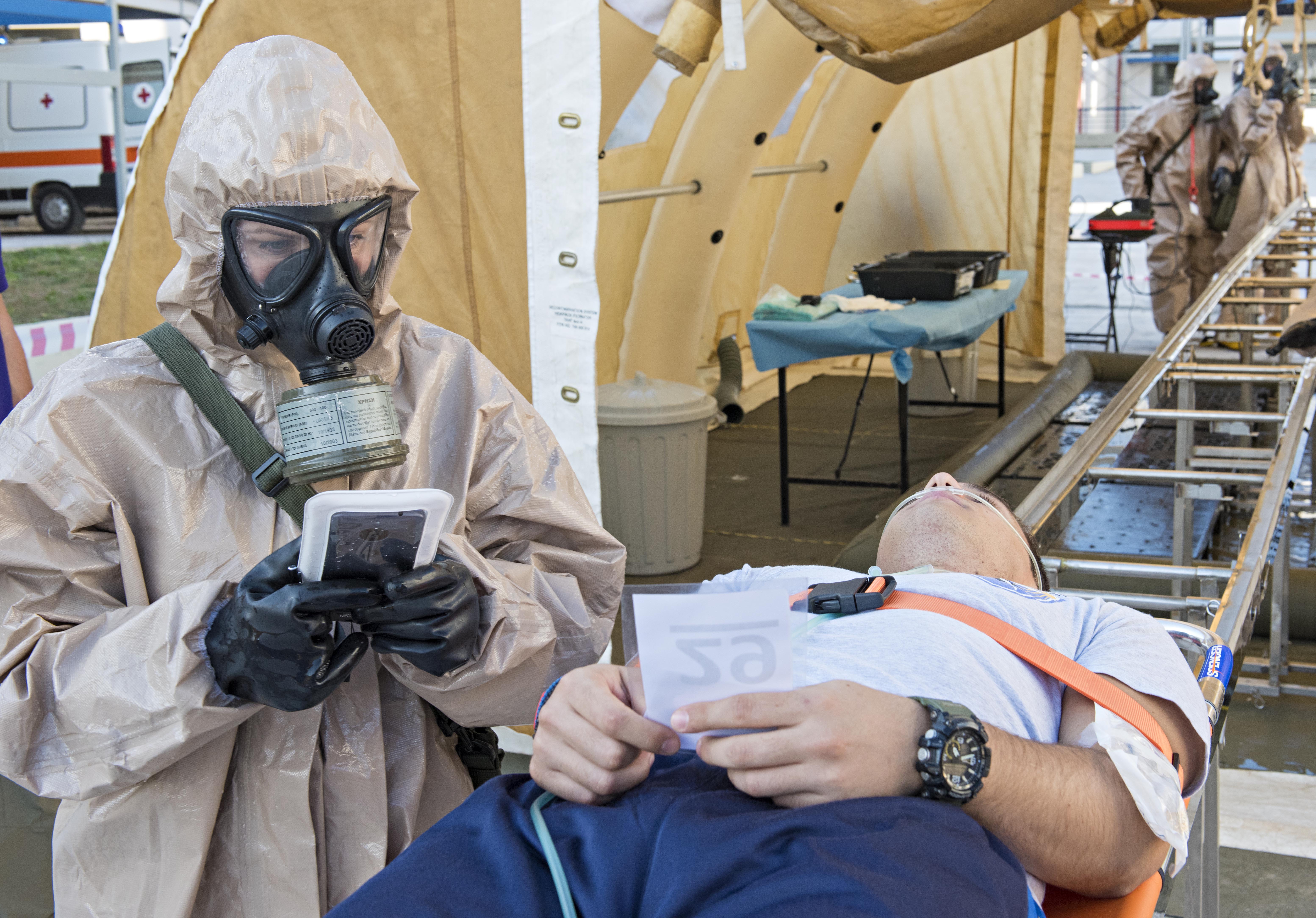
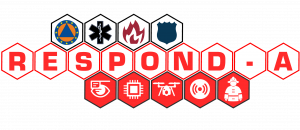
The RESPOND-A project is focused on developing technology solutions to assist first responders in emergency situations. The project aims to bring together complementary technologies in the areas of 5G wireless communications, augmented and virtual reality, autonomous robot and unmanned aerial vehicle coordination, intelligent wearable sensors, and smart monitoring, geovisual analytics and immersive geospatial data analysis, passive and active localization and tracking, and interactive multi-view 360 degree video streaming. The goal is to provide high-end and continuous flows of data, voice, and video information to first responders and their command-and-control centers, in order to improve their ability to predict and assess incidents, save lives more efficiently and effectively, and maximize the safety of first responders before, during, and after disasters.
One of the key areas of focus within the RESPOND-A project is the design and development of wearable sensors and incident area sensors for first responders, as well as triage and forensics tags made by Prometech. These technologies utilising the Tag & Trace platform are intended to provide first responders with increased situational awareness and improve their efficiency and safety during operations. The project is also working on integrating these technologies and synthesizing a consolidated solution that connects seamlessly with each other and transmits data to the command-and-control center.
Another important aspect of the RESPOND-A project is the development of discreet, lightweight, wearable clothing that can be integrated seamlessly and unobtrusively with the protective layers of first responders. The clothing is designed to monitor the first responders’ vital signs and detect and classify hazardous situations based on environmental and body conditions. This information is transmitted to the command-and-control center, providing increased situational awareness and improving the efficiency and safety of operations.
In addition to these technologies, the RESPOND-A project is also focusing on developing tools and models to assess the toxic effects of chemical agents on humans and to set exposure limits to protect against these effects. The toxic effects are classified into different severity levels, and data on the effects of specific agents on animals or humans is used to calculate the severity of the effect. The project is using a variety of standards and guidelines, such as the Acute Exposure Guideline Levels (AEGL) and the Emergency Response Planning Guidelines (ERPG) to assess the toxic effects of chemicals.
Overall, the RESPOND-A project is working on a range of technology solutions to assist first responders in emergency situations, including wearable sensors and incident area sensors, triage and forensics wearables, and wearable clothing for monitoring vital signs and detecting hazardous situations. The project is also focused on integrating these technologies and synthesizing a consolidated solution, as well as developing tools and models to assess the toxic effects of chemical agents and set exposure limits.
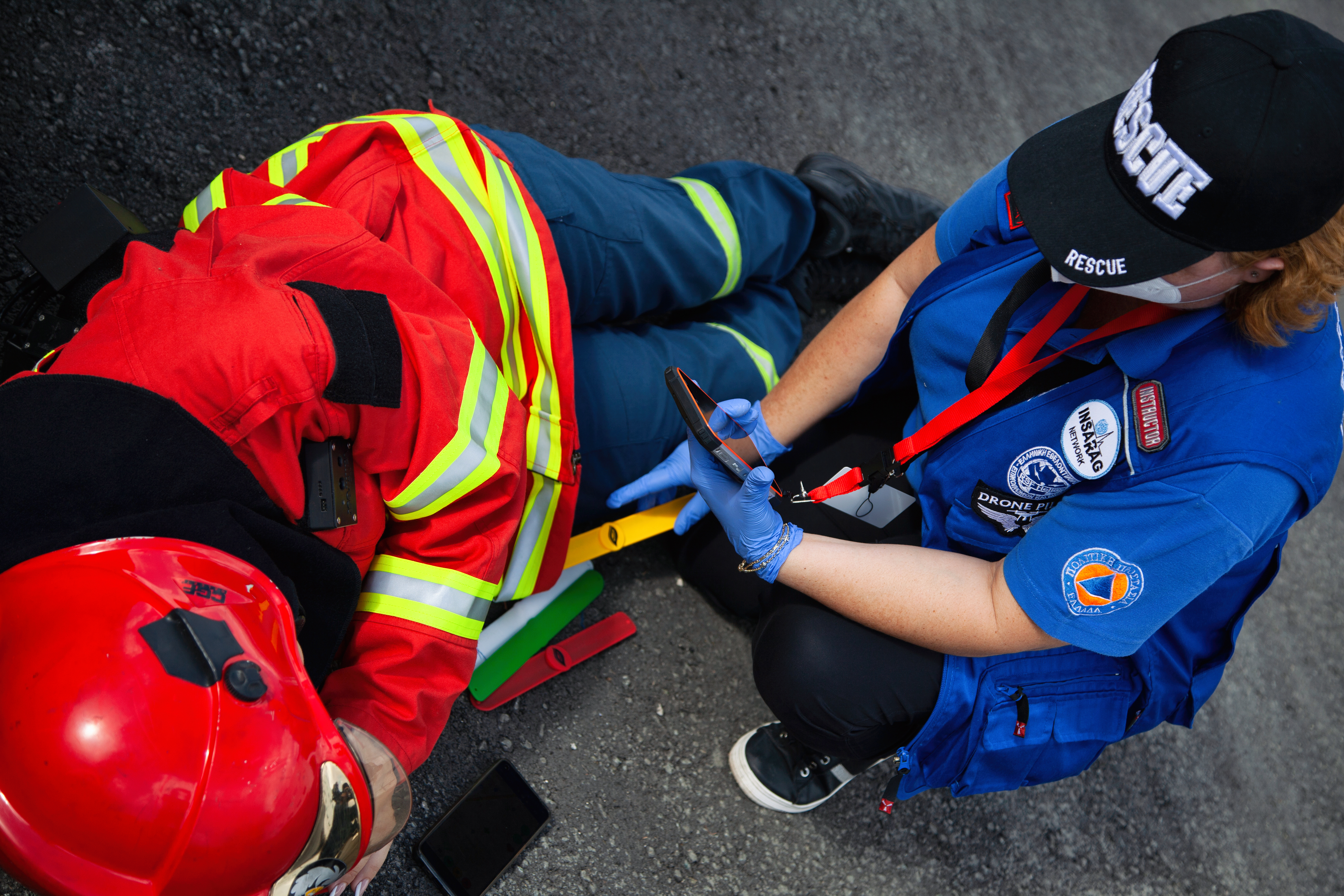

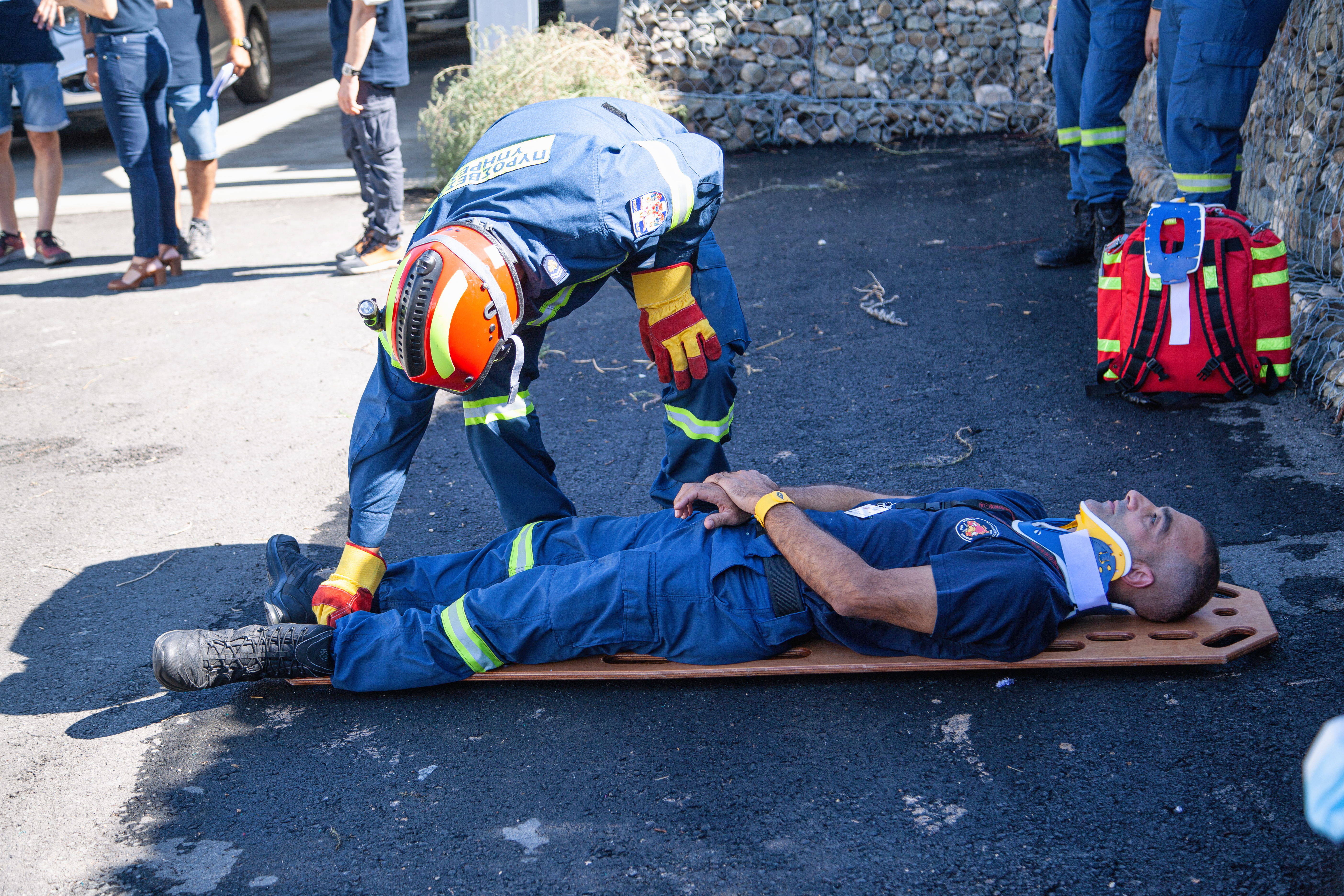

IF REACT (Improved First Responder Ensembles Against CBRN Terrorism) answered to the Seventh Framework Programme (FP7) call SEC‐2011.4.4‐1 CBRN individual Protective Clothing where the task is “to develop innovative protective clothing for first responders and/or for the public in case of a CBRN crisis.” IF REACT takes both the danger of terrorist attacks using CBRN‐means and releases other than attack, such as pandemic outbreaks, accidents and other incidents involving dangerous substances, into account in order to achieve its main goal of developing innovative protective clothing for first responders. Following a qualitative and quantitative evaluation of existing equipment, IF REACT chose to focus on the most emergent threats and to fulfil the needs of the end users who are in greatest need of innovative protection. Prometech developed a heads-up-display (HUD) that is used to display information that improves the first responders situational awareness.
The project started on January 1st 2011, and lasted for 36 months. The objectives of the project were:
Email: info@prometech.eu Phone: +31 6 10 70 01 25

